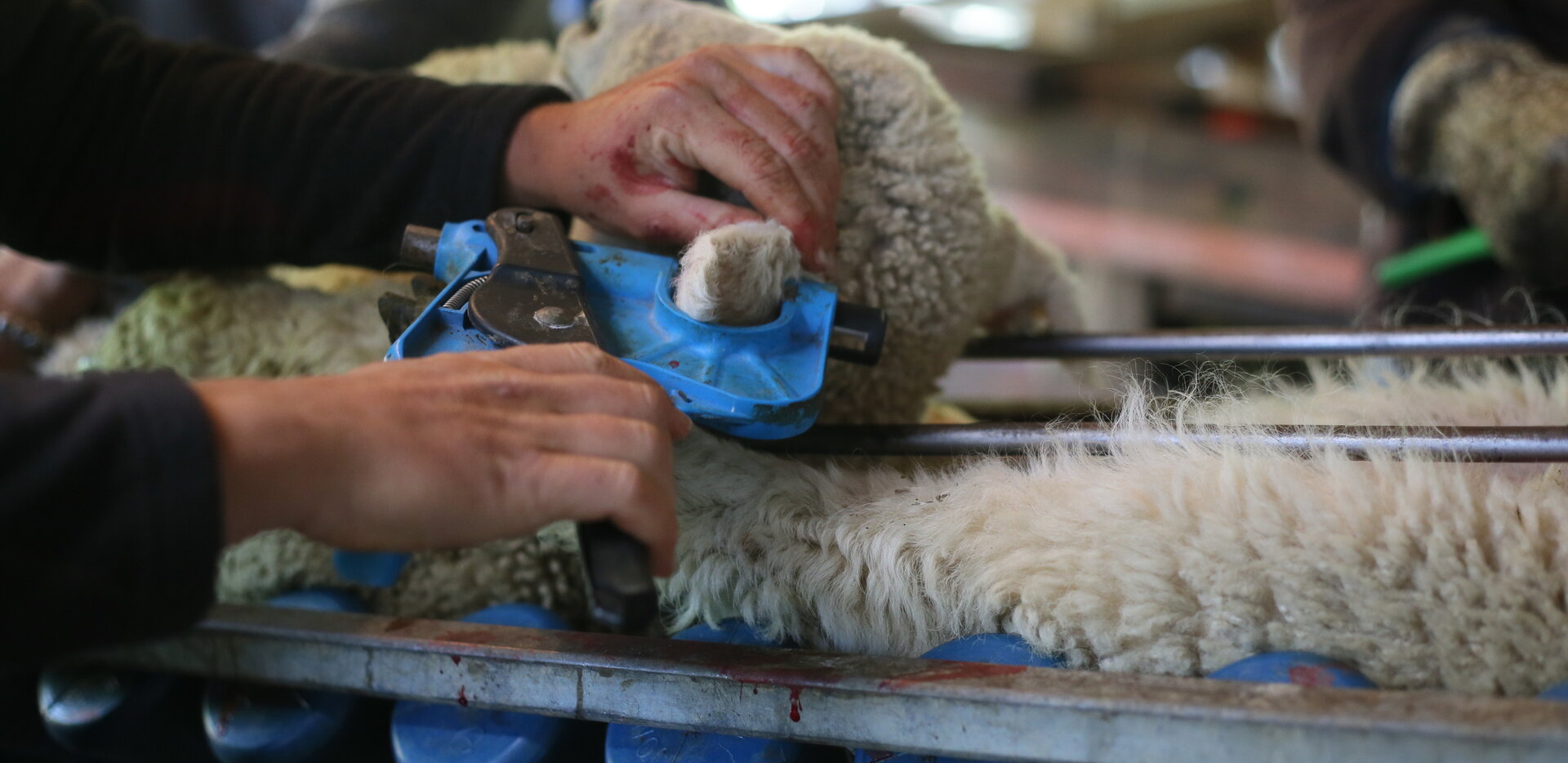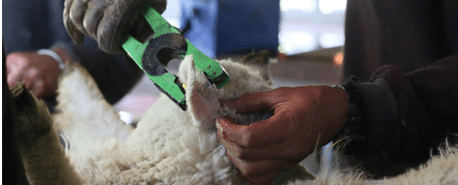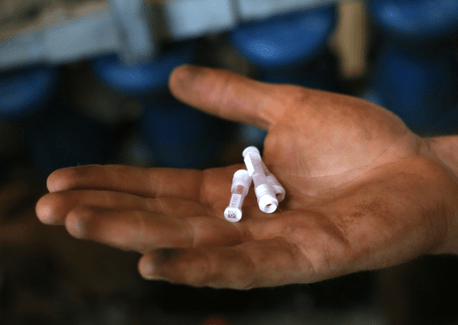We are using the latest technologies to accelerate genetic improvement
Electronic Identification
- More accurate than the alternative of manual reading and recording of a brass tag
- With a scanner installed in the race, it is also a much faster process
DNA Technologies
What is DNA?
Genes are made from a molecule called DNA which is copied and inherited across generations. The information in DNA is the instructions for constructing and operating a living organism.
DNA profiles are now held for all of our recorded flock. The flock is now able to be tested for the presence of high performance genes and for dam and sire identification.
How do we use DNA for sheep selection?
In the past, information to measure production traits has come from progeny testing. The problem with progeny testing is that there is a wait until lambs are born and then performance measured. In the last few years scientific research into genetics has started to provide an increasing number of tools to compliment progeny testing.
An increased knowledge of the relationship between parent and offspring DNA is seeing the development of genetic tests to identify progeny with higher production potential.
This is genomic testing.
In the last 2 years we have been genomic testing our top ram hoggets to gain an early indication of FE tolerance. Those showing higher levels of tolerance will be dosed with Sporidesmin. The dose rate will be higher than would have been possible if genomic testing had not been used.
Why do we use DNA for dam and sire identification?
We have been using DNA to identify the sires and dams of recorded lambs for 20 years. There are some big advantages:
- The recorded flock is tupped and lambed in commercial conditions
- It is not necessary to single sire mate
- The ewes can be lambed in larger paddocks on the hills as tagging each day is not necessary
- DNA testing is more accurate than manual recording.
Sheep methane emissions
Climate change is forecast to cause the weather to be warmer and more extreme. The last 4 seasons at Paparata have been drier and warmer. We are making adjustments. We have shifted lambing forward. We need to shift surplus stock earlier so we can feed our large cow herd in the hot dry summers.
In the past we have relied almost entirely on natural water for our stock. Less rainfall now means the natural water sources are not giving us 12 months cover. Last year we installed a large water system with near 50 troughs. More are needed. Having trough water also means stock are not encouraged to get into natural sources and damage water quality.
Scientists suggest climate change is caused by human activity. It seems inevitable that farmers will be asked to reduce GHG emissions. Methane is a potent greenhouse gas. In NZ 80% of our methane comes from grazing livestock. There has been research into ways to reduce sheep methane emissions. The Pastoral Greenhouse Gas Research Consortium was established 16 years ago to identify options.
The options being researched are:
- Two technologies to target the rumen microbes that produce methane.
- Methane reducing compounds delivered by a rumen capsule.
- Development of a vaccine that targets these microbes.
- Differences in methane emissions between individual sheep are passed on to the next generation. Breeding can be used to lower emissions.
We have looked at what options we have to reduce the methane emissions on Paparata and on the farms of those that purchase our rams. It’s not a difficult choice at present as there is only one option. We are using breeding to lower the methane emissions of our sheep.
We have tested 120 rams from 12 different sires. 10 rams from each sire. When the 120 test results were allocated to the sires there was a variance in the 10 progeny groups methane emissions. This was a good result as it showed we could lower our flocks methane emission by sheep selection.
The testing process is not straight forward. AgResearch has designed a portable accumulation chamber that will measure a sheep’s methane emissions. A sheep spends 50 minutes in it. See photos.






